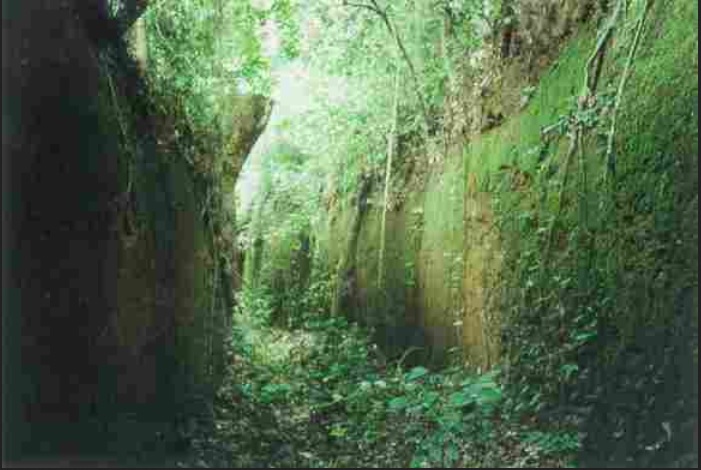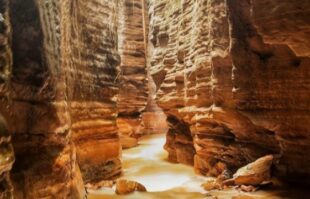Heritage sites are described as a place, an area, a building, or a city that has been put on a list by an organisation (UNESCO) to say that such a site has special importance and should be protected. It can also be regarded as a historical site, a building, or an area of the unspoilt natural environment, considered to be important to a country or area’s heritage.
Nigeria is a multicultural nation with more than 250 ethnic groups and languages. The locals are extremely proud of their ancestry, histories, and backgrounds of these distinct cultures. Old towns, monuments, relics, and places of worship from long ago are only a few examples of its heritage.
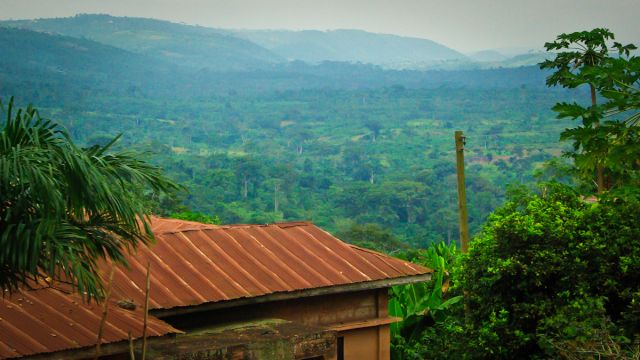
These are the top ten UNESCO-listed heritage sites in Nigeria.
1. Alok Ikom Stone Monoliths
In Ikom, Cross River State, Nigeria, there are about 350 upright, carved stones that are known as the Alok Ikom monoliths. They range in height, and the majority are arranged in concentric circles facing one another. The images and writings on the monoliths are thought to be a sort of prehistoric writing, but their meanings are still unknown to researchers. In the Alok Ikom neighbourhood, the monoliths can be seen in several locations.
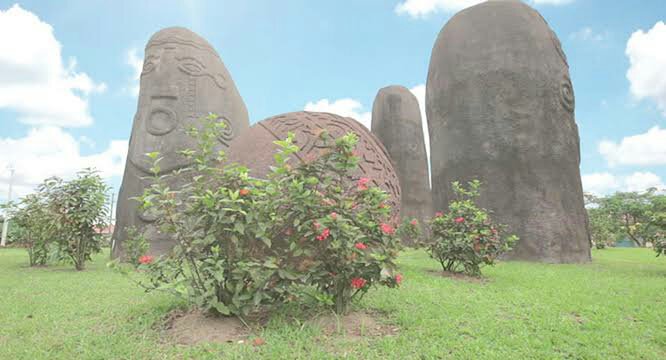
2. The Ancient Walls of Kano and Associated Sites
The northern region of Nigeria is home to the 14-kilometre earthen city wall and the places it is connected to (Dala Hills, Kurmi Market, and the Emir’s Palace). They were a part of a pre-colonial civilisation and system of government when the city was constructed to provide for the protection of ancient Kano’s expanding population. Although the walls were allegedly finished in the 14th century, the current building dates from a 16th-century extension.
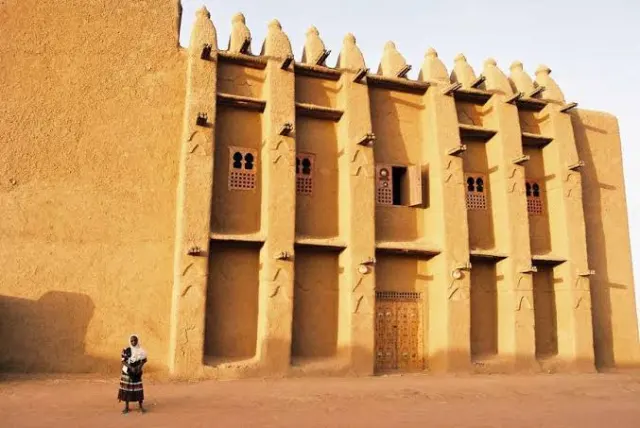
3. The Idanre Hills
In Ondo State, in the southwest of Nigeria, around 300 kilometres from Lagos, lie the hills of Idanre. The hills have 680 steps from the base to the top, and cryptic handwriting cut into the rock that has never been deciphered can be found there. There is a magical footprint on the hill as well that can suit any foot. The first primary school, constructed in 1896 and still standing, as well as a courthouse and an adjacent prison, both erected by colonists in 1906, are among the other historical sites in the town of Idanre. With its different sculptures that were created over the course of many years, the inner court of the Oba’s palace is also a popular destination for tourists. Idanre Hill became a UNESCO World Heritage Site in October 2007, in the cultural category.
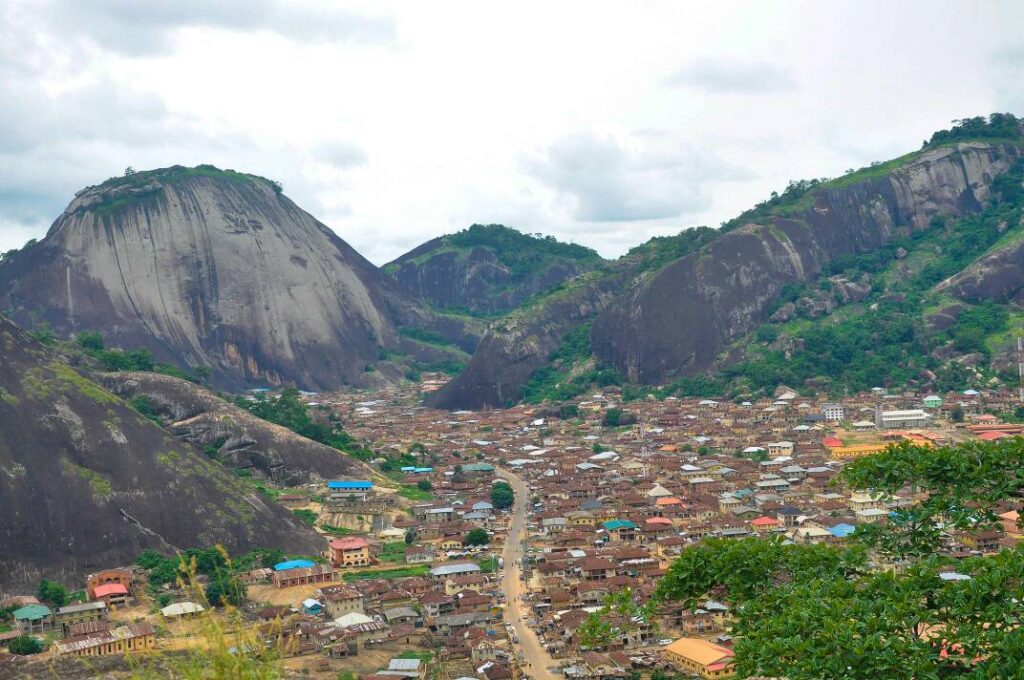
4. The Oban Hills and Landscape
The Cross River National Park, which borders the Korup National Park in Cameroon, includes Oban Hills. Many conservation efforts have been made in the Oban Hills and the surrounding area since the hills are home to a variety of wildlife, including the Nigerian-Cameroonian chimpanzee.
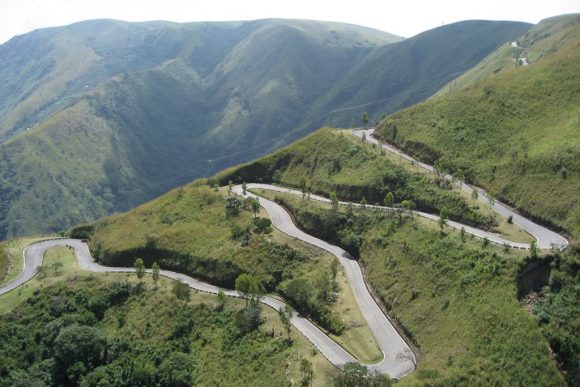
5. The Ogbaukwu Caves and Waterfall
The Ogbaukwu caverns, which are considered to be the biggest in West Africa and have enough spacious chambers to fit an entire village, are situated in Anambra State in southeast Nigeria. The caves are mainly unexplored, so not much is known about them, although according to local lore, a courageous warrior killed some lions that lived there. The waterfalls are aesthetically pleasing and draw lots of visitors.
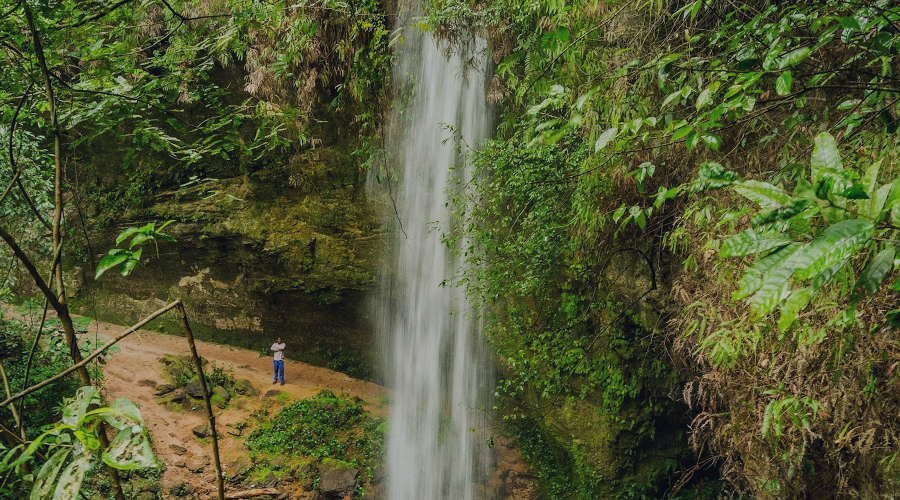
6. The Ogbunike Caves
The Ogbunike Caves are situated in a valley in the Anambra State of southeast Nigeria’s tropical forest. A linear path with 317 steps leading into the valley was built by the state government. The cave features a few passages that are connected to one another and roughly ten inner chambers. A number of streams also enter the caves, and one within the caves empties into the Nkissa River. The caverns hold spiritual significance for the locals, and a celebration is held to honour the caves’ discovery. Although primarily inhabited by bats, the caves are also home to antelopes, porcupines, and snakes that live nearby in the tropical rainforest.
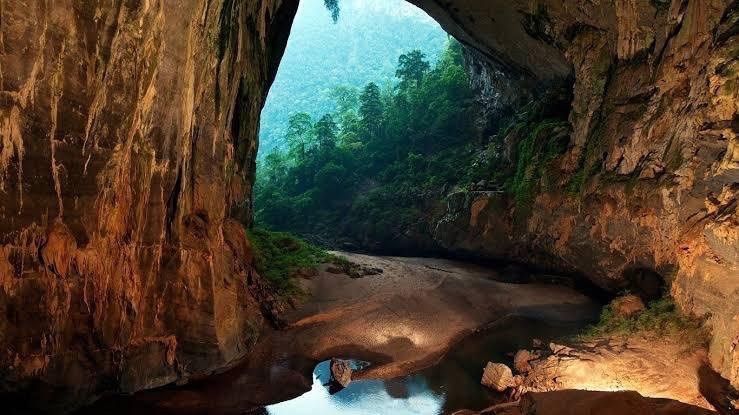
7. The Old Oyo
The former city of Oyo, also known as Oyo-Ile, is considered to be Old Oyo in southwest Nigeria. Oyo-Ile was abandoned in the 18th century following a conflict with Hausa/Fulani raids. The location is inside Old Oyo National Park, and on it are the remains of structures constructed by people who once resided there, including the old palace compound, outer walls with ditches, and a water reservoir. Indicators of a significant prior settlement include wells, cisterns, and grinding hollows. The renowned Agbaku Cave, which provided protection for Oyo-Alaafin Kingdom warriors during times of battle, is also located within the park.
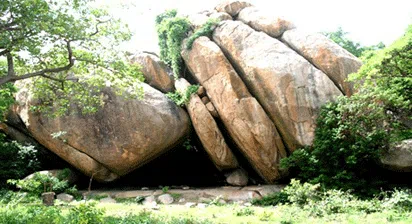
8. The Osun-Osogbo Sacred Groves
The Osun sacred woods are situated outside of Osogbo, which is around 230 kilometres from Lagos. Osun is a fertility goddess and one of the most well-known goddesses in Yorubaland. The woods, which are scattered with shrines, sculptures, and works of art, depict a time when humans made sacred places outside of their towns available to deities. One of southern Nigeria’s main high forests is home to the Osun-Osogbo grove, which is situated in a dense forest.
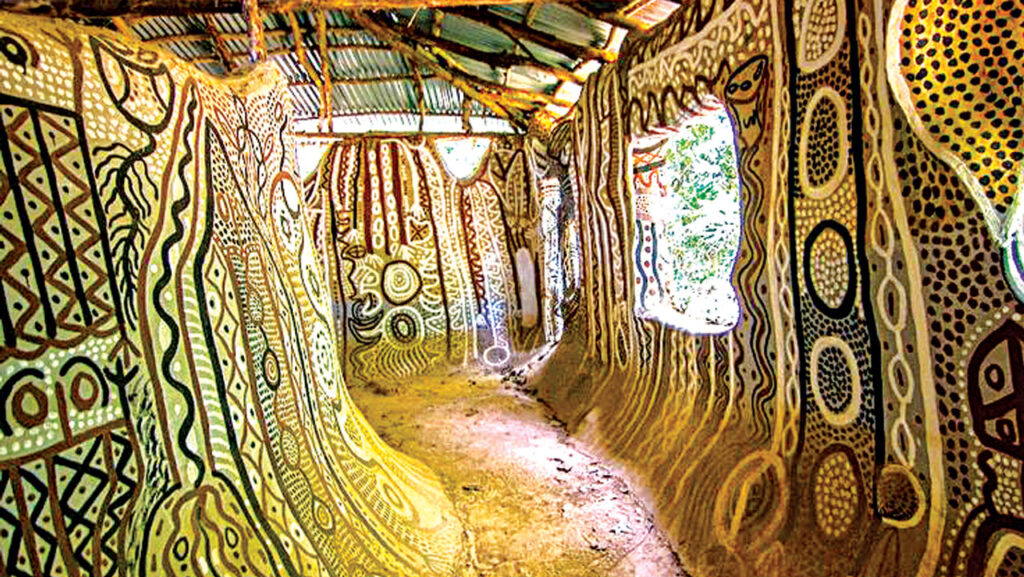
9. The Sukur Cultural Landscape
Sukur is situated in Adamawa State in northeastern Nigeria’s Madagali area. Where Sukur is, there are terraces on fields, stone paths, and dry-stone buildings that make up the scenery. The chief’s palace and other sacred structures dot the landscape, expressing the material culture and spiritual values of an ancient people while also serving as a reminder of the region’s once-vibrant iron industry.
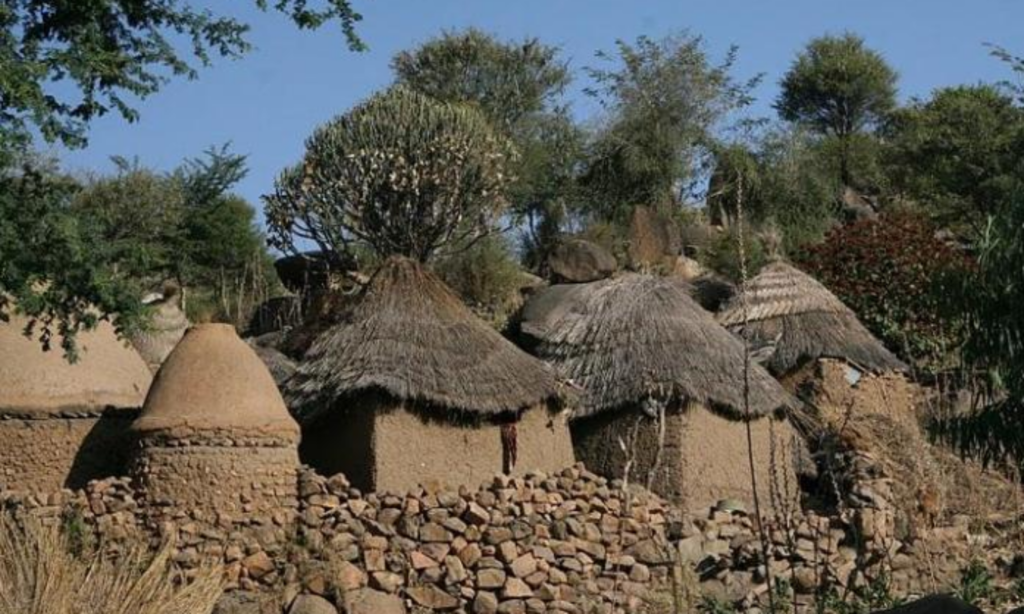
10. The Sungbo’s Eredo and Iya of Benin
The Sungbo’s Eredo and Iya of Benin are a number of protective walls that can be seen in the states of Ogun and Edo in southwest Nigeria. The walls known as Sungbo’s Eredo were purportedly constructed in memory of Bilikisu Sungbo, a female chief. The connection between her tale and the biblical Queen of Sheba was later refuted by archaeologists. The ‘Iya’ (walls) of Benin, which are reputed to be the largest earthworks in the world, is thought to have been inspired by the Eredo walls.
